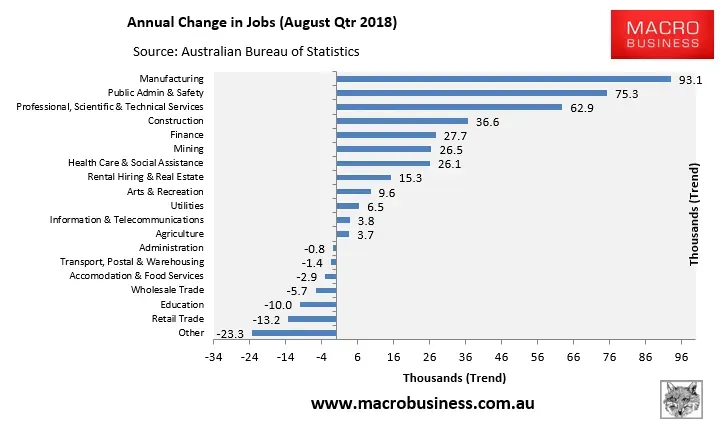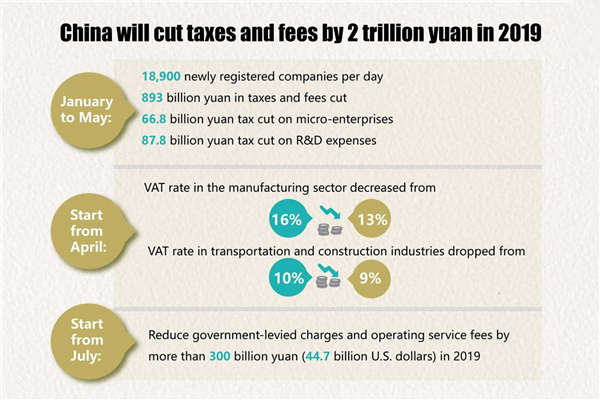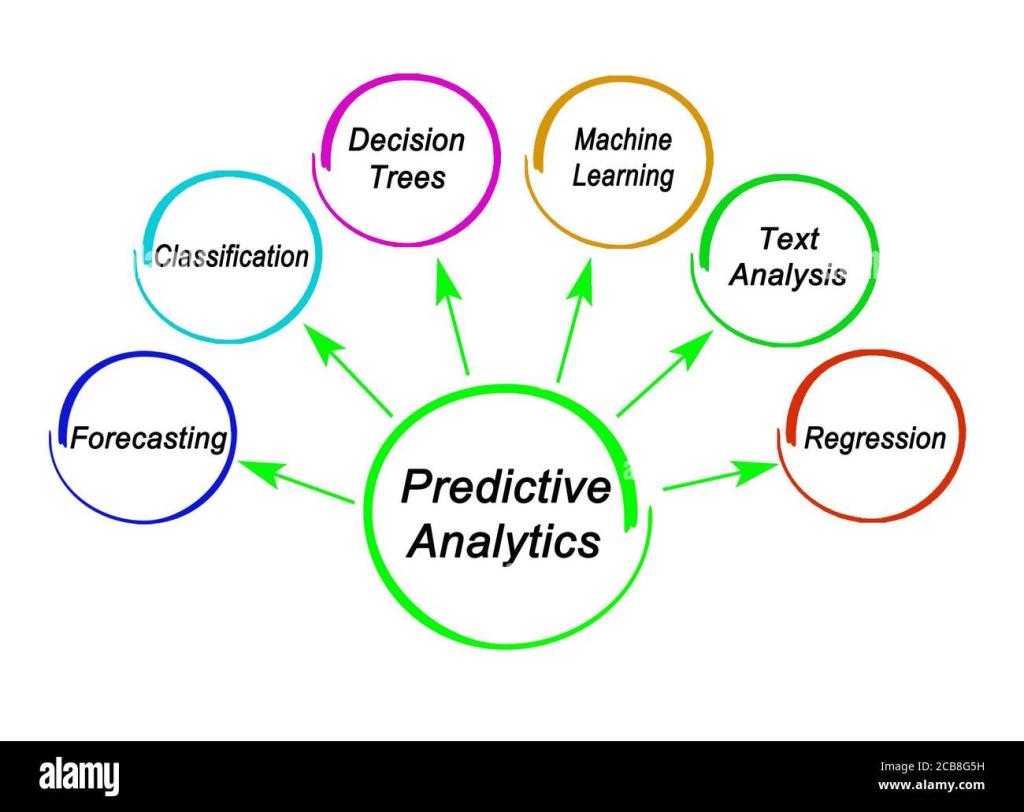The Australian job market is currently facing significant challenges as competition for available positions intensifies. According to the latest SEEK Employment Report, applications per job advertisement have surged to an unprecedented high, reflecting a 2.1% increase from the previous month and a staggering 16.4% rise year-on-year. Factors such as rising living costs have compelled many Australians to seek second jobs, further saturating the job pool and elevating job competition in Australia. With the modest decline in job advertisements over the past two months, many job seekers find themselves navigating a landscape marked by record-breaking levels of competition. Understanding the evolving employment trends in Australia is crucial for navigating this tumultuous job environment.
Navigating the employment landscape in Australia today presents a complex challenge for job seekers. With a notable increase in job competition and a rise in job applications statistics, individuals are finding it increasingly difficult to secure positions. The ongoing impact of living costs is prompting many to consider second jobs, indicative of a broader trend in the workforce. Employment trends in Australia reflect significant fluctuations across various sectors, making it essential to stay informed. As such, those entering the job market must adapt to a rapidly changing economic reality.
Understanding the Increasing Job Competition in Australia
In recent months, the Australian job market has become remarkably competitive, with an unprecedented surge in applications per job advertisement. The SEEK Employment Report highlights that applications have risen by 2.1% monthly and an eye-watering 16.4% compared to the previous year. This level of competition is unprecedented, even exceeding the peak during the early pandemic days in 2020. Job seekers are facing an uphill battle as more candidates flood the market, driven in part by rising living costs that compel many to seek additional sources of income or second jobs.
The increase in job competition is palpable across various sectors, forcing many to reconsider their strategies when applying for roles. As professionals adapt to this intensified market, understanding the job competition landscape is crucial for standing out. It is essential for job seekers to hone their interviewing skills, update their resumes, and perhaps even consider upskilling to make themselves more attractive to potential employers. This dynamic scenario underlines the importance of resilience and adaptability in navigating the current employment landscape.
The Impact of Rising Living Costs on Employment Trends in Australia
Living costs in Australia are significantly impacting job trends, as many individuals are compelled to take on multiple jobs to meet financial demands. This phenomenon is evident in the growing number of second jobs that Australians are obtaining, which not only increases their financial security but also magnifies the available talent pool in the job market. As living expenses soar, professionals, particularly in urban areas, feel the pressure to supplement their primary income. This change has led to more candidates vying for the same roles, thereby intensifying job competition further.
Moreover, the effects of rising living costs extend beyond individual job seekers to impact broader employment trends in Australia. Businesses must now navigate this shifting landscape, which includes addressing employee compensation and job satisfaction levels to retain top talent. As companies compete for a limited pool of skilled workers, they may be prompted to enhance their offerings, such as flexible work options and competitive salaries, to attract and keep the best candidates in a climate marked by fierce competition and a fluctuating economy.
Employment Trends Australia: Sector Performance Analysis
The employment landscape in Australia is far from uniform, with varying performance across different sectors. Notably, the construction industry appears to be a beacon of growth, marking a 1.8% increase amid an overall decline in job advertisements. Specific roles within this sector, such as general construction jobs, engineering positions, and trades, are driving this growth, showcasing resilience even in a challenging environment. This sector’s ability to attract talent suggests a focused demand for skills that are critical to infrastructure and development.
Conversely, other sectors, particularly technology and communications, are experiencing significant downturns. The fall in Information and Communication Technology roles, with a 3.5% drop monthly and a staggering 10.5% year-on-year decrease, indicates a troubling trend that may affect job availability in these fields. As employers reassess hiring strategies and budget constraints tighten, job seekers in these sectors will need to pivot and perhaps explore opportunities in growing fields, highlighting the essential response to changing employment trends in Australia.
The Role of Second Jobs in Today’s Job Market
With rising living costs, more Australians are turning to second jobs to sustain their financial wellbeing. This trend has surged in recent months, reflecting the increasing difficulty faced by individuals in finding single-source employment that sufficiently meets their financial needs. The economic reality is that many professionals are compelled to diversify their income streams to cover essential expenses, leading to a marked increase in the number of applications for secondary positions alongside primary jobs.
This shift toward second jobs presents both opportunities and challenges within the employment market. On one hand, employers may benefit from a broader pool of candidates possessing diverse skill sets garnered from multiple job experiences. On the other hand, for individuals, balancing two jobs can lead to burnout and a need for better work-life balance strategies. The emergence of this trend emphasizes the need for job seekers to be strategic about roles they pursue and how they market their multifaceted experiences to potential employers.
Statistics Behind Job Applications and Opportunities in Australia
Understanding the statistics surrounding job applications is vital for grasping the competitive nature of the Australian job market. The recent figures reveal that job applications per advertisement have surged to record levels, a clear indication of growing applicant pressure as positions become scarce. With the reality of 16.4% more applications compared to last year, candidates must find innovative ways to stand out. As such, it’s becoming increasingly important to rely on data-driven insights to navigate job searching effectively.
These job application statistics highlight essential insights into employment trends Australia faces today. With sectors like construction seeing growth while others, notably tech, decline, job seekers must analyze market dynamics and tailor their applications to reflect the most in-demand skills and experiences. This strategic approach will help them navigate a crowded job market and improve their chances of securing desirable positions.
Regional Job Market Differences: Understanding Variations Across Australia
The regional variations within the Australian job market are pivotal to understanding employment trends. For instance, while the Northern Territory experienced robust growth at 3.7%, the Australian Capital Territory encountered the steepest decline at 7.8%. Such disparities underscore the importance of geographical context when analyzing job availability and competition. Potential job seekers should consider these regional differences as they strategize their applications to tap into growth areas more effectively.
Understanding regional dynamics not only assists job seekers in tailoring their applications but also helps employers devise strategies to attract talent in their respective areas. For instance, government and defense sectors in the ACT faced significant setbacks, highlighting an urgent need for adaptation and innovation in recruitment practices. By recognizing and responding to regional job market realities, both employers and job seekers can navigate the complexities of the evolving Australian employment landscape.
Adjusting to the Decline in Employment Opportunities
In light of the steep decline in job opportunities across numerous sectors, job seekers must adopt adaptive strategies to optimize their chances of employment. With industries contracting and competition rising, it is imperative for candidates to stay informed about current employment trends and continuously enhance their skills. Flexibility in job expectations and openness to varying roles can also aid seekers in navigating this challenging landscape.
Moreover, recognizing the sectors that are still growing, such as construction, allows job seekers to direct their efforts where they are most likely to find employment. Understanding these trends can empower candidates to make more informed decisions about their career paths and actively seek opportunities that align with the evolving demands of the job market.
Surviving and Thriving Amidst Job Market Challenges
Navigating the current job market can be daunting for many, particularly amidst rising living costs and increased competition. However, with the right mindset and strategies, job seekers can not only survive but thrive. Emphasizing unique skills, networking effectively, and maintaining a positive attitude can play a significant role in overcoming challenges presented by job scarcity.
Additionally, leveraging online platforms and tools to enhance visibility and outreach can increase the likelihood of securing job interviews. Engaging actively in relevant communities, whether online or in local settings, can also provide invaluable insights into hidden job markets and potential opportunities that are emerging.
Future Outlook: What to Expect in the Australian Job Market
The future of the Australian job market remains uncertain but offers a mix of challenges and opportunities. As we progress into the latter half of 2025, job seekers will need to stay vigilant and responsive to ongoing changes in employment trends influenced by economic factors, technological advancement, and societal shifts. Understanding these external influences can guide individuals in making strategic career decisions.
Moreover, continuous learning and adaptation will be key drivers of success in this evolving environment. Investing in personal and professional development not only enhances employability but also positions individuals to capitalize on emerging opportunities within growing sectors. As the landscape shifts, those who remain proactive in their approaches to career growth will be best equipped to navigate the complexities of the job market.
Frequently Asked Questions
What is the current job competition like in the Australian job market?
The Australian job market is experiencing unprecedented job competition. Recent statistics indicate that applications per job ad have soared, reflecting a significant increase in competition among job seekers. This surge is largely attributed to rising living costs, prompting many Australians to seek second jobs and re-enter the workforce.
How do living costs impact job competition in Australia?
Living costs in Australia are having a notable impact on job competition. As expenses rise, more individuals are willing to take on second jobs, increasing the pool of applicants for each available position. This trend is causing applications per job ad to reach record highs, intensifying competition in the job market.
What are the latest employment trends in Australia?
Employment trends in Australia are currently marked by rising competition for jobs and a modest decline in job advertisements. As of June, job ads decreased by 0.7%, but job seeker applications have spiked by 16.4% compared to the previous year, illustrating a challenging landscape for those seeking employment.
Are there specific sectors that are thriving in the Australian job market despite rising competition?
Yes, the construction sector stands out as a bright spot in the current Australian job market. It posted a 1.8% growth, driven by increases in general construction jobs, engineering roles, and trades and services, indicating that not all industries are equally affected by the competition.
What can job seekers expect regarding job applications statistics in Australia?
Job seekers in Australia can expect a highly competitive environment, as recent job application statistics show a 16.4% increase in applications per job ad compared to last year. This trend presents challenges for individuals applying for jobs, as the competition is at an all-time high.
How does geographic location influence job opportunities in the Australian job market?
Geographic location plays a significant role in job opportunities within the Australian job market. For example, while the Northern Territory has shown robust growth at 3.7%, the Australian Capital Territory has experienced a sharp decline, demonstrating that regional dynamics can greatly affect employment trends and job availability.
| Key Points | Details |
|---|---|
| Record Level of Applications | Applications per job ad increased 16.4% compared to last year, marking the highest competition on record. |
| Impact of Second Jobs | More Australians are taking second jobs due to rising living costs, contributing to increased competition. |
| Sector Variability | Construction is experiencing growth (1.8%), while tech jobs are declining sharply (ICT roles down 10.5%). |
| Geographical Disparities | Northern Territory experienced 3.7% growth; ACT saw a decline of 7.8%; other states also faced declines. |
Summary
The Australian job market has become significantly more challenging as competition among job seekers intensifies. With rising living costs prompting many to take on second jobs, applications per job ad have reached an all-time high, further emphasizing the difficulty faced by individuals seeking employment. While some sectors like construction show growth, others, particularly in technology, are struggling, highlighting the unevenness of the current employment landscape. Understanding these dynamics is crucial for job seekers navigating this tough Australian job market.



